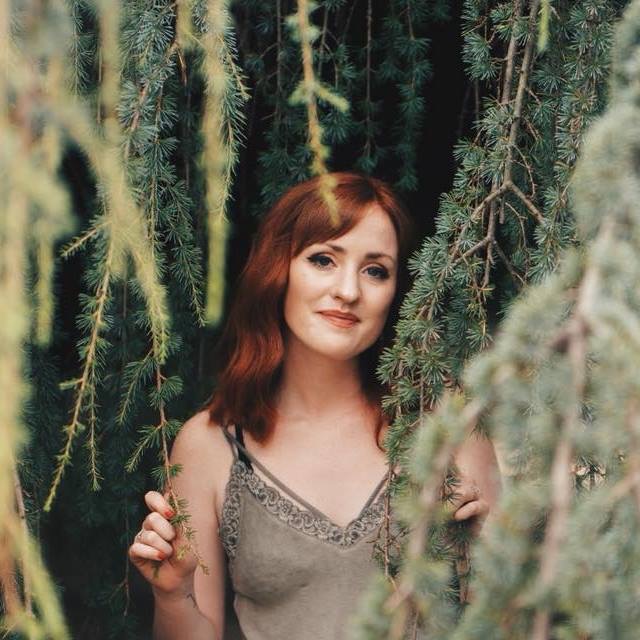We’ve seen the movies, we’ve lived it firsthand: College social life majorly revolves around drinking. Whether someone suggests a drinking game to make things “more fun,” or friends discuss “boot-and-rally” escapades from the night before, getting “wasted” is more common than indulging in a casual drink at dinner, even though more than half of students in college are underage.
The National Institute of Health reports that underage drinking in the nation has decreased since 1982, but National Institute of Alcohol Abuse and Alcoholism (NIAAA) Director Dr. George F. Koob explains that a prevalent issue among college-age adults still remains: binge drinking.
Koob explains that while college students drink less than they used to, the pathology of their drinking is still worrisome.
“They are drinking at high-intensity volumes to the point of blacking out,” he said. “Binge drinking is classified for guys as consuming five or more drinks in a two hour span, where for girls it’s four or more. Kids today, they are consuming at least double the legal limit (.08 percent) every time they drink.”
Koob and his colleagues, although still just a theory, believe that this may be a direct result of lack of socialization in young adults.
“The developing technology we have today has resulted in a lack of socialization, meaning kids spend less time with their friends, so when college students get together they get together to drink,” Koob said. “There is no doubt that the stress of college is prevalent. I think that binge drinking is a way for these students to cope. They are dealing with fear of rejection from peers and employers.”
What starts out as a way to have fun is something Koob and his colleagues fear becomes the sole coping mechanism for college students.
From the amount of alcohol they consume to even the way they talk about alcohol, the mentality is dangerous.
“Friends will egg each other on, talking about how they can drink one another ‘under the table,’” he said. “This glorification of binge drinking only reinforces the idea that doing so will result in social acceptance.”
Students who do have an inherently higher tolerance for alcohol are more likely to have an alcohol use disorder later on in life, according to the NIAAA.
“It’s something to be wary of,” Koob said. “More often than not people who have low sensitivity to alcohol have parents who have alcohol use disorder. This whole thing, it’s part genetic and part poor coping skills.”
With a growing number of college students who report being anxious or depressed, the number of students using alcohol or drugs to feel good soars inevitably, raising the stakes to be at risk for what Koob knows will be a problem later in life.
For more information on drinking responsibly, visit https://www.rethinkingdrinking.niaaa.nih.gov/.
Subscribe here for all the latest news on how you can keep Thriving.
More on Mental Health on Campus:
What Campus Mental Health Centers Are Doing to Keep Up With Student Need
If You’re a Student Who’s Struggling With Mental Health, These 7 Tips Will Help
The Hidden Stress of RAs in the Student Mental Health Crisis

